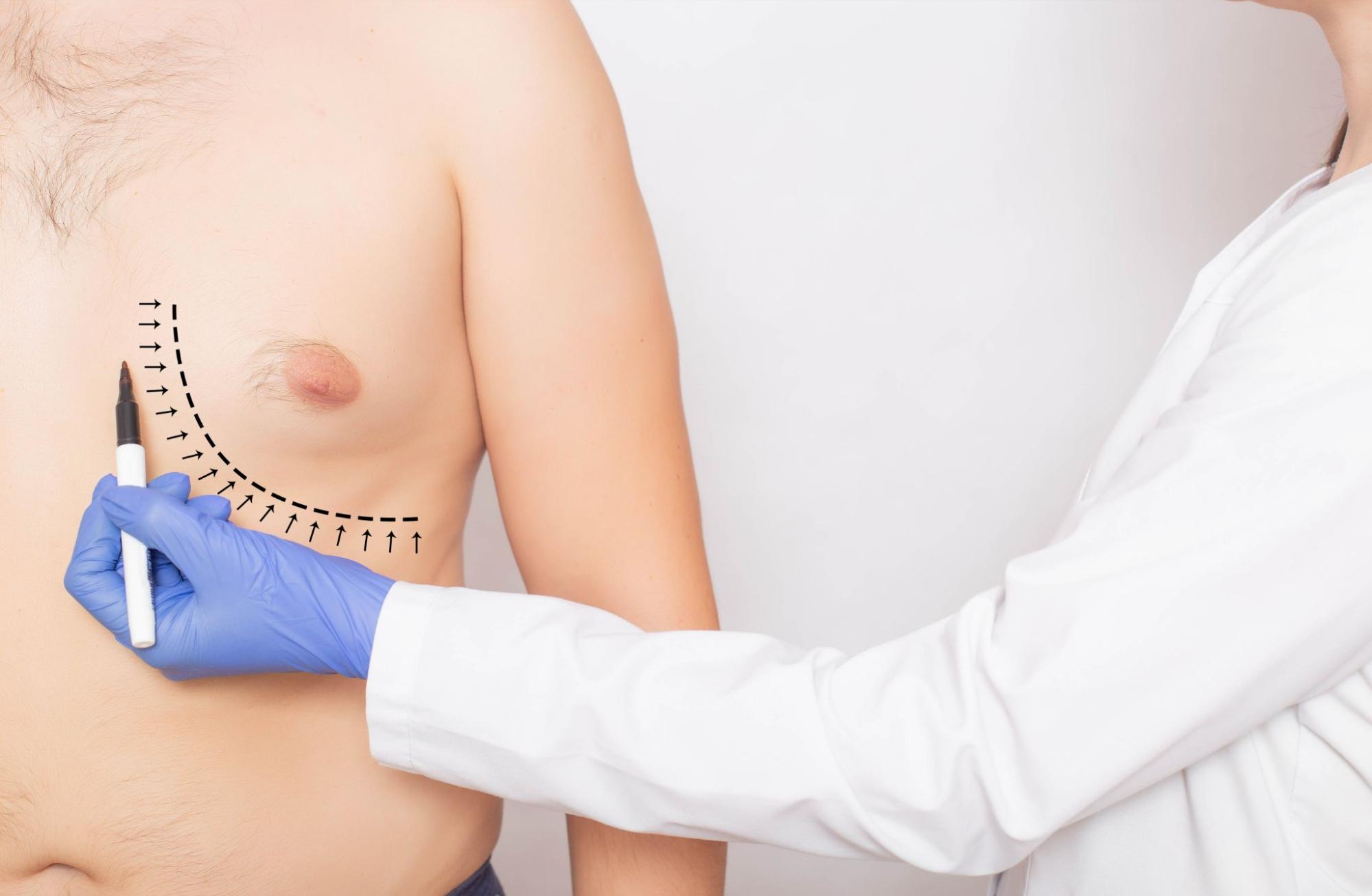Gynecomastia, the development of enlarged breast tissue in males, is a common condition that affects an estimated 40-60% of men. While it can occur at any age, it's most prevalent during puberty and middle age. For many men, gynecomastia causes significant emotional distress, self-consciousness, and avoidance of certain activities. Fortunately, modern medicine offers advanced treatment options that can effectively address this condition.
As a plastic surgeon specializing in male breast reduction, I've helped numerous patients overcome the physical and psychological challenges of gynecomastia. In this comprehensive guide, I'll discuss the latest advanced treatment options that can restore a more masculine chest contour and improve self-confidence.
Gynecomastia surgery isn't just about physical transformation—it's about restoring confidence and allowing men to feel comfortable in their own bodies again.
Understanding Gynecomastia: Causes and Types
Before exploring treatment options, it's important to understand that gynecomastia can present in different forms:
- Glandular gynecomastia: Firm breast tissue caused by excessive development of mammary glands
- Fatty gynecomastia: Soft breast enlargement primarily composed of adipose tissue
- Mixed gynecomastia: Combination of both glandular and fatty tissue
- Pseudogynecomastia: Breast enlargement due solely to excess fat without glandular development
The appropriate treatment approach depends on accurately identifying which type of gynecomastia you have, which is determined during your consultation through physical examination and sometimes ultrasound imaging.
Advanced Surgical Techniques for Gynecomastia
Modern gynecomastia treatment has evolved significantly, offering customized approaches based on each patient's unique needs:
1. Laser-Assisted Liposuction
For patients with primarily fatty gynecomastia, laser-assisted liposuction offers precise fat removal with minimal scarring. The laser energy also stimulates skin tightening, which is particularly beneficial for patients with mild skin laxity.
2. VASER Liposuction
VASER (Vibration Amplification of Sound Energy at Resonance) technology uses ultrasound energy to selectively break down fat cells while preserving surrounding tissues. This allows for more precise contouring and smoother results compared to traditional liposuction.
3. Power-Assisted Liposuction (PAL)
PAL uses a vibrating cannula to break up fat cells, making removal easier and more efficient. This technique is particularly effective for fibrous fat often found in gynecomastia cases.
4. Direct Excision Technique
For glandular tissue that cannot be effectively treated with liposuction alone, direct surgical excision is necessary. Advanced techniques allow for removal through discreet incisions along the areolar border, minimizing visible scarring.
5. Combination Approaches
Most patients with moderate to severe gynecomastia benefit from a combination of liposuction to remove fatty tissue and direct excision to remove glandular tissue. This comprehensive approach ensures optimal contouring results.
Minimally Invasive Non-Surgical Options
For patients with mild gynecomastia or those who prefer non-surgical approaches, several options are available:
- CoolSculpting®: Cryolipolysis technology that freezes and eliminates fat cells without surgery
- Kybella®: Injectable treatment that destroys fat cells through deoxycholic acid
- Radiofrequency treatments: Devices that use heat to reduce fat and tighten skin
- Laser therapy: Non-invasive laser treatments that can reduce fat deposits
While these non-surgical options can be effective for selected cases, they typically provide more subtle results compared to surgical interventions and are not effective for removing glandular tissue.
Anesthesia and Surgical Facility Options
Advanced gynecomastia treatment can be performed under different anesthesia options based on the complexity of the procedure:
- Local anesthesia: For minor procedures involving only liposuction
- Twilight sedation: Intravenous sedation that keeps you comfortable but not fully unconscious
- General anesthesia: For more extensive procedures involving significant tissue excision
The procedure can be performed in an accredited outpatient surgical facility, allowing you to return home the same day with appropriate aftercare instructions.
Recovery and Results
Modern gynecomastia techniques have significantly improved recovery times:
- Most patients return to light activities within 3-5 days
- Compression garments are typically worn for 4-6 weeks to control swelling and support healing
- Strenuous exercise and heavy lifting should be avoided for 4-6 weeks
- Final results become apparent as swelling subsides over 3-6 months
Choosing the Right Treatment Approach
Selecting the most appropriate gynecomastia treatment requires careful consideration of several factors:
- Composition of breast tissue (glandular vs. fatty)
- Degree of skin elasticity and potential laxity
- Patient's overall health and medical history
- Realistic expectations and desired outcomes
- Surgeon's expertise with various techniques
During your consultation, I will perform a thorough evaluation and recommend the treatment approach most likely to achieve your desired results while minimizing risks and optimizing recovery.
Why Choose Advanced Techniques?
The latest gynecomastia treatment options offer significant advantages over traditional approaches:
- More precise contouring and natural-looking results
- Reduced treatment time and faster recovery
- Minimal scarring with discreet incision placement
- Customized treatment based on your specific anatomy
- Combined approaches that address both fat and glandular tissue
If gynecomastia has been affecting your confidence and quality of life, I encourage you to explore these advanced treatment options. With modern techniques, achieving a more masculine chest contour is safer and more effective than ever before.
During a consultation, we can discuss your specific concerns, evaluate your condition, and develop a personalized treatment plan that addresses your unique needs and helps you achieve the results you desire.

